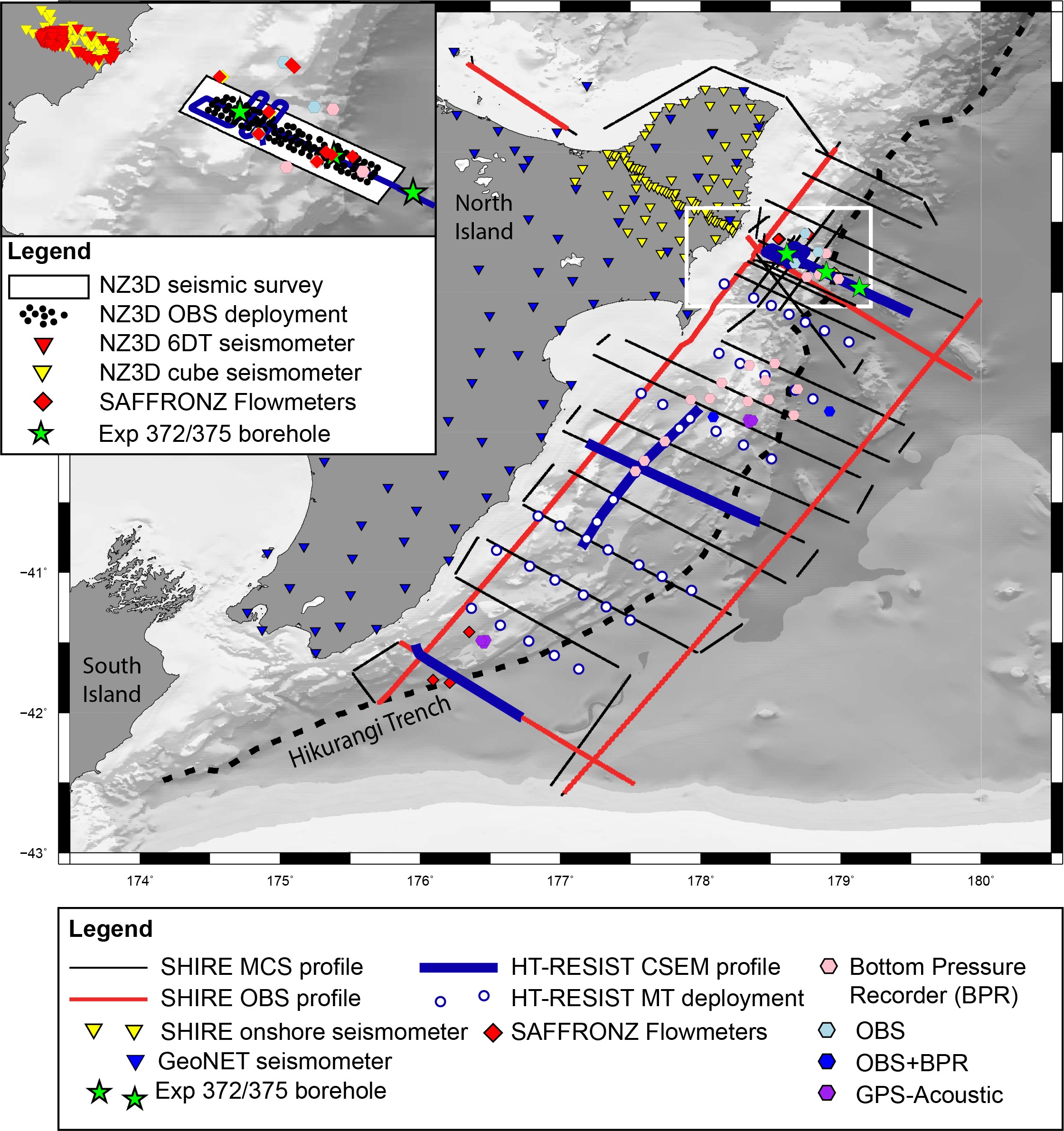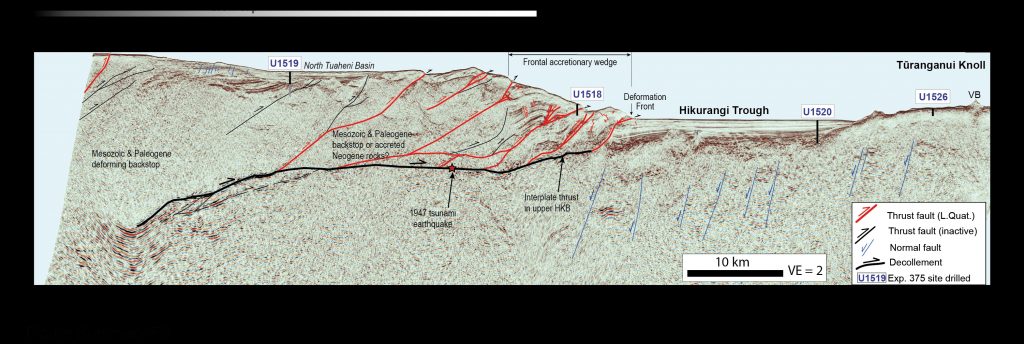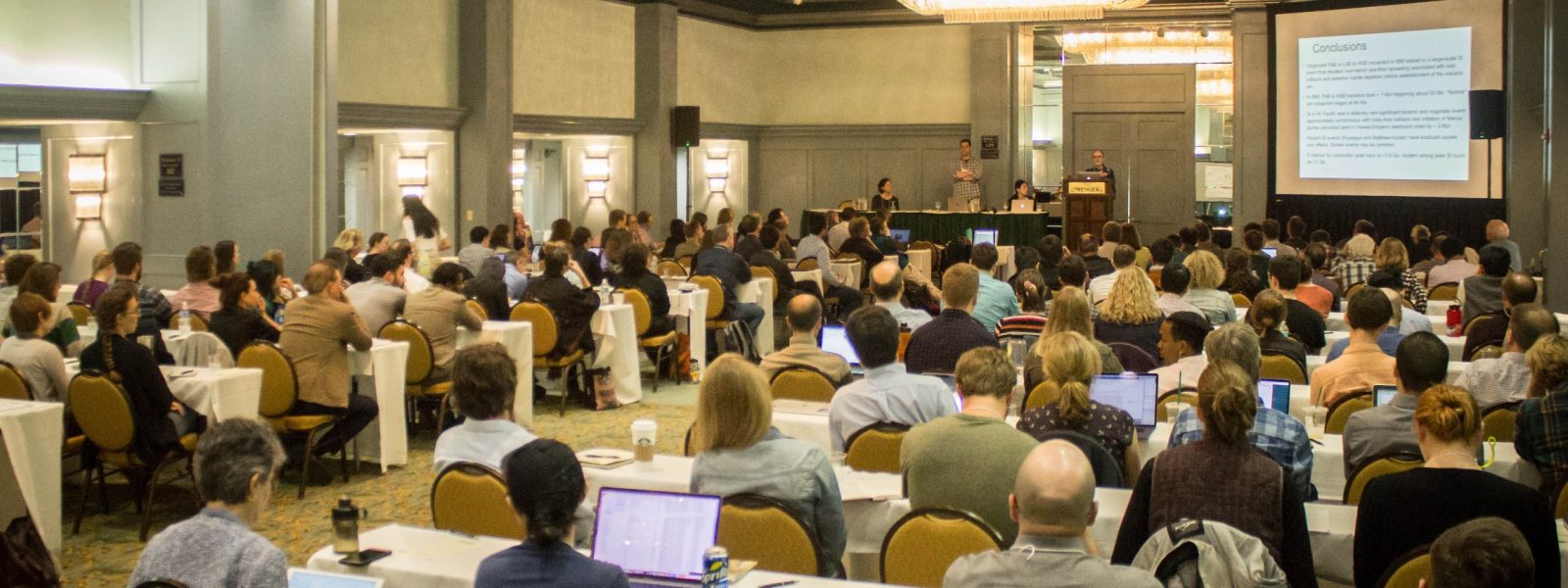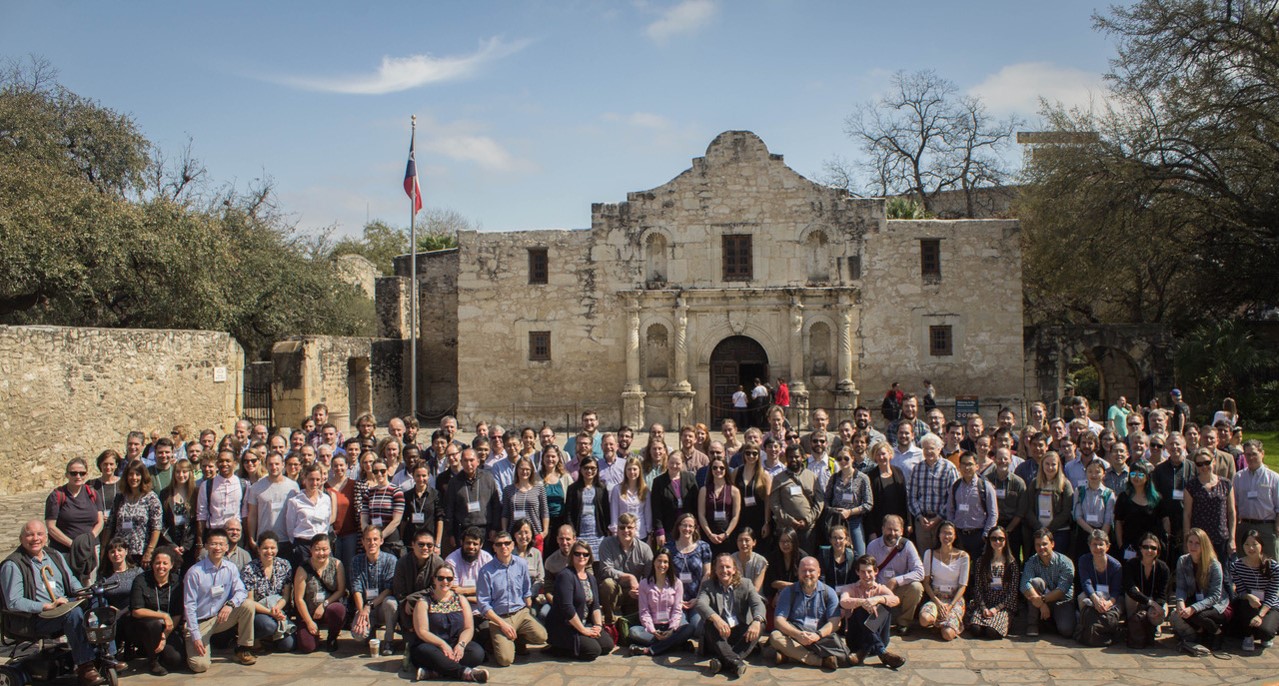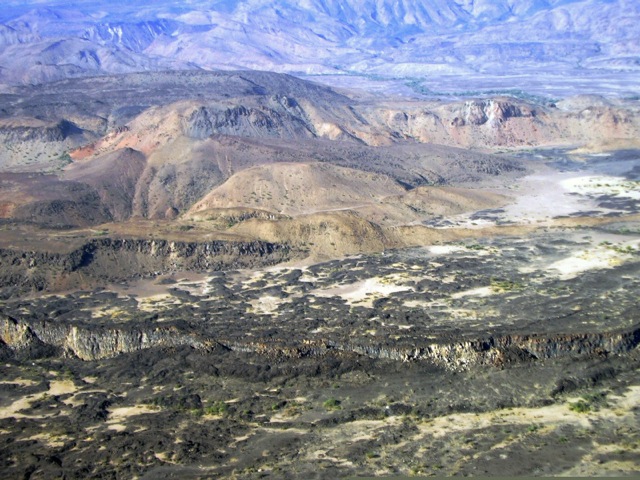Sunday December 8, 2019, 8 AM – 12:00 PM
Conveners: Andrew Goodwillie, Anaïs Férot, Rebecca Bendick, Jessica Warren, Demian Saffer
7:45 AM | Breakfast served in the Belvedere foyer, 2nd floor
8:00 AM | Welcome from GeoPRISMS Office and news from NSF (Anaïs Ferot, Jenn Wade)
8:15 – 8:45 | Presentations
- Data Legacy: Geochemistry and physical samples (Kerstin Lehnert)
- Data Legacy: Geophysical facility data (Dave Phillips)
- Data Legacy: GeoPRISMS Data Portal (Andrew Goodwillie)
8:45 – 9:00 | Introduction & Charge to Discussion Groups
The overarching goal is to prepare the community to make plans for the 2020 NSF-funded Data Legacy Workshop, write proposals to develop E&O and science legacy products.
9:00 – 10:15 | Breakout Discussions
- Data Legacy (Sarah Stamps, Kelly Olsen)
- Science and Education & Outreach Legacy Products (Madison Myers, Helen Janiszewski)
10:15 – 10:30 | Coffee Break
10:30 – 12:00 PM | Breakout report-outs & plenary discussion
12:00 PM | Lunch to be provided (OneUP Lounge, Mezzanine Level)
Goal
This GeoPRISMS-sponsored, pre-AGU mini-workshop is designed to encourage participants to identify and prioritize the challenges and opportunities associated with establishing a lasting GeoPRISMS data legacy. The outcomes from this mini-workshop will help to inform a larger NSF-funded workshop to be held at Lamont-Doherty Earth Observatory in springtime 2020 with the goal of developing a consensus and best practices for building a lasting legacy for all GeoPRISMS data.
Introduction
The NSF-funded GeoPRISMS program is nearing the end of its decadal lifespan. Funded through more than 120 proposals and focused upon five primary shoreline-crossing field areas around the globe, GeoPRISMS researchers have collected and generated a plethora of diverse data, from the field, from the lab, and from numerical models. The data sets cover a remarkably wide range of data types reflecting the interdisciplinary nature of the GeoPRISMS projects and community.
Issues
Whilst published journal articles are widely-recognized as a permanent, formal record of GeoPRISMS-funded research, the state of a comprehensive GeoPRISMS data legacy is not so clear. This must be solved because individual data sets are often unique due to the expensive facilities and instruments used to acquire them, to the remote and sometimes very challenging conditions of many of the study areas, and, in some cases, to the non-repeatable nature of the data efforts.
Although some data sets are already well-positioned in NSF-approved domain-specific data repositories, there are questions and challenges that must be addressed to ensure a lasting, robust, well-documented and easily accessible legacy for all GeoPRISMS data. For example, what is to happen to the many physical samples that have been collected, often in harsh environments, since there currently exists no central community repository or curatorial structure? What about data sets not yet in repositories, or multiple versions of data sets, or processed data sets? Or data sets from GeoPRISMS projects that may be available only as a data supplement to a journal article that is hidden behind a publisher’s paywall? And, how stable are data links on the GeoPRISMS website, and what is the best long-term hosting solution for the website.



